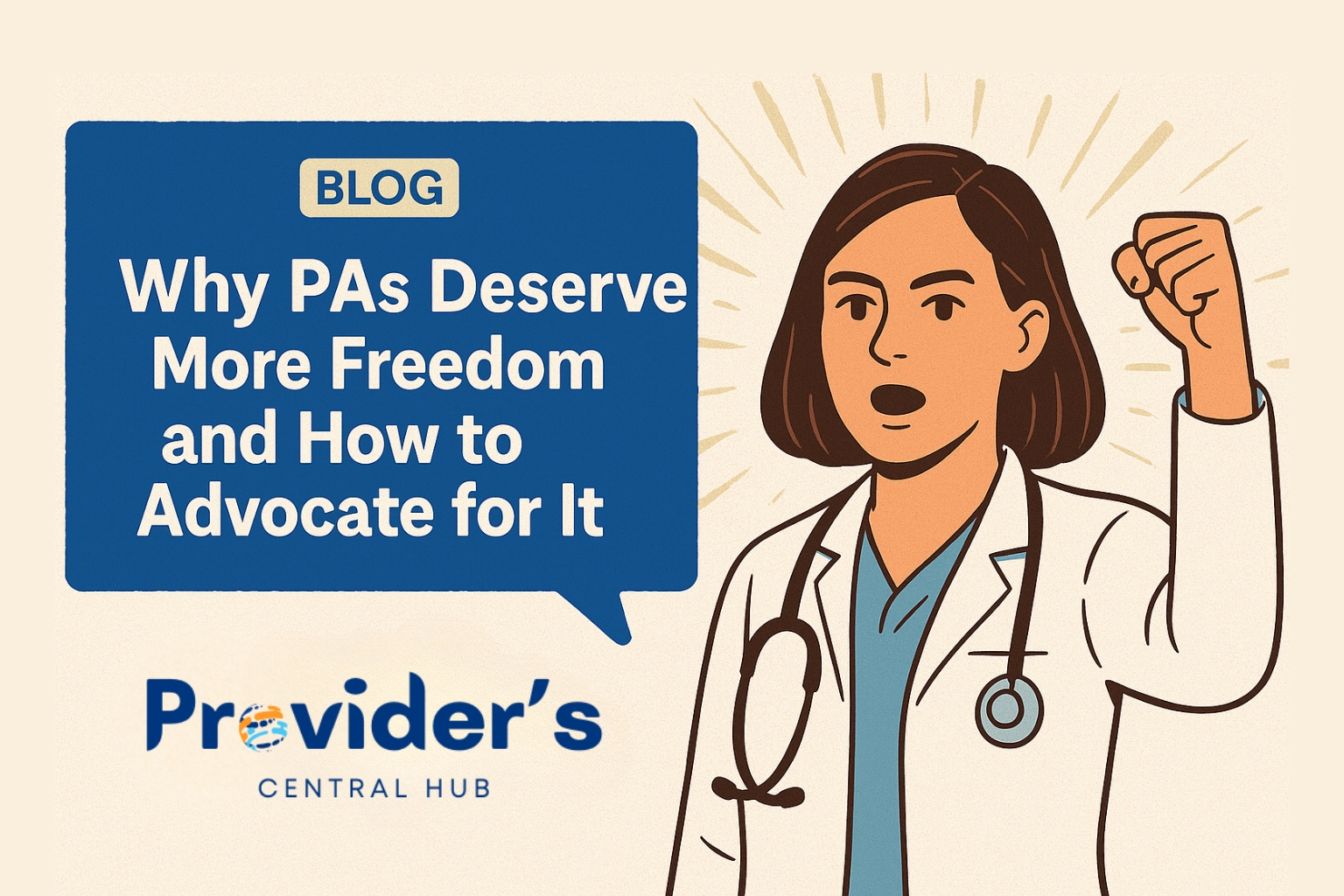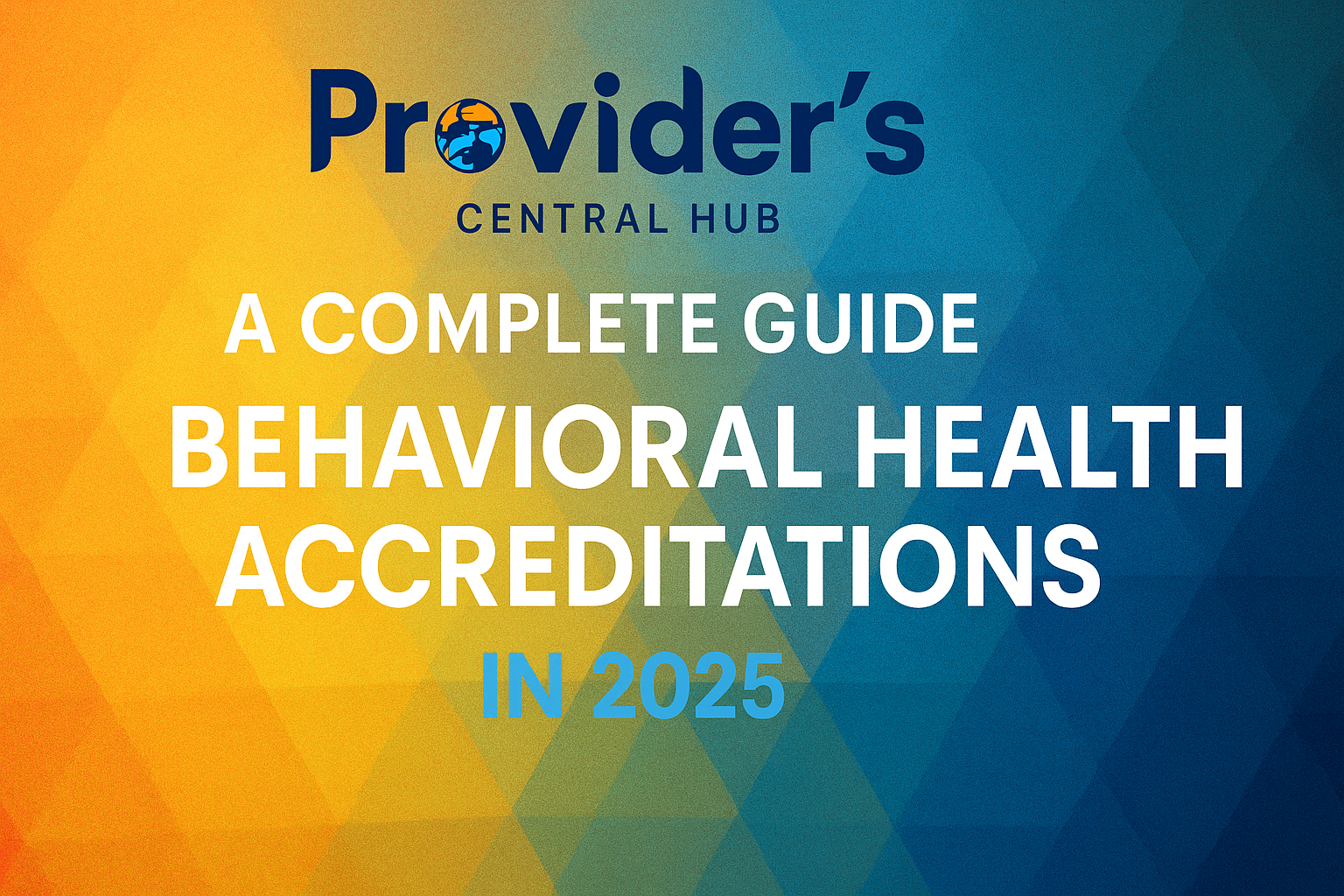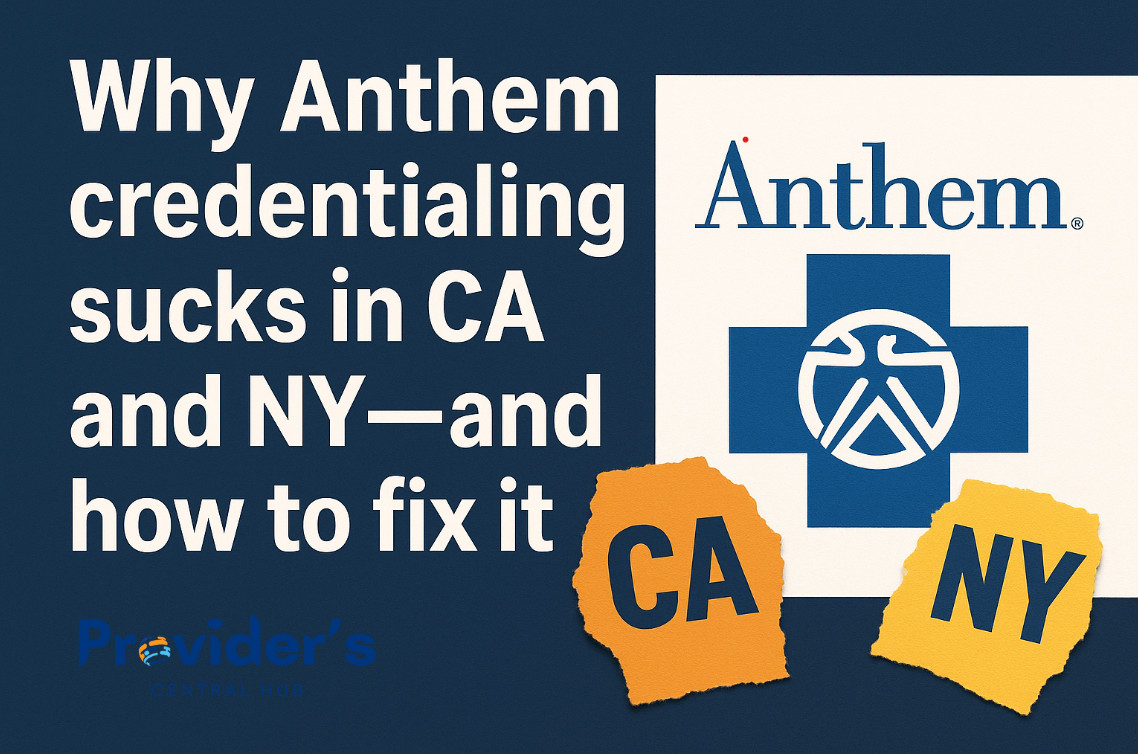More Jargons?
Many medical terms can confuse seasoned doctors and patients. In healthcare, everyone needs to understand the jargon. Take anaemia, for example. It’s just a fancy term for a deficiency of RBCs.
Understanding credentialing, enrolment, and privileging can be challenging. However, we can break them down nicely. The difference between them is multifaceted, but I’ll explain it.
Credentialing involves verifying a healthcare provider’s credentials, such as license, education, and training. Medical facilities do this to ensure that their physicians are duly licensed to practice medicine.
Privileged access allows particular medical professionals to carry out specific procedures based on their training and experience. For example, a hospital might reserve the right to perform complicated surgeries for only the most experienced surgeons.
Enrolment refers to a healthcare provider enrolling when they become part of a health insurance network to bill and receive payment for treating patients with that insurance. Enrolment enables medical professionals to treat a larger patient population through private insurance companies or public health initiatives like Medicare and Medicaid.
Now that you understand them, you can see the differences between credentialing, enrolling, and privileging. Credentialing focuses on general practitioner’s qualifications, privileging their specific abilities and enrollment to allow them to serve patients with particular health coverage. Combined, these three procedures help guarantee that patients receive the proper care from licensed and certified medical professionals.
What is Credentialing?
Credentialing in the healthcare industry is a procedure that ensures patients receive care from medical professionals who have the required education, training, experience, and certification essential for providing care at a hospital. This ensures patients receive the best possible treatment from medical providers.
Medical credentialing typically entails confirming a healthcare provider’s license, records, and clinical practice history to ensure compliance with the rules and specifications for treating patients at a specific healthcare facility.
The 5-Step Credentialing Process
Healthcare providers must undergo a thorough procedure known as the credentialing process before treating any patient. This procedure is essential to preserve the integrity and quality of healthcare services. The following outlines the sequential procedure for credentialing.

Step #1 – Application
The first step in the credentialing process is applying. Providers submit applications to the American Board of Medical Specialties (ABMS), the National Practitioner Data Bank (NPDB), and the American Association of Nurse Practitioners (AANP). The Office of Inspector General (OIG) and the System for Award Management (SAM) also support confirming healthcare providers.
Step #2 – Verification
The organisations carefully review their credentials by contacting several important departments, including licensing boards, providers’ educational institutions, past employers’ workstations where they assessed their experience, and other pertinent departments.
Step #3 – Review
After verification, the concerned organisation reviews the relevant department’s data and compares it with the practitioners’ data. Thus, if it satisfies the education, expertise, training, and experience prerequisites for safe and efficient treatment, the organisation moves on to the next phase.
Step #4 – Approval
When an organisation accepts a provider’s application after reviewing it, this is the first step in allowing the provider to begin working at the institution.
Step #5 – Monitoring
This is not the end of the credentialing process. To stay in compliance with requirements from the current year, the organisation monitors providers’ credentials closely. It has the authority to prevent providers from offering treatment services if, at any point during the year, it believes they do not adhere to the current criteria.
Providers in this situation should apply for re-credentialing and provide the required paperwork. Occasionally, the working time specified in the contract with facilities—three months or two years—also terminates hospital privileges and credentialing.
Who Verifies Credentials?
Are you aware of who receives the credentials and who verifies them?
Numerous agencies and organisations verify credentials after checking primary sources. Some of them are:
- The American Board of Medical Specialties (ABMS)
- American Association of Nurse Practitioners (AANP)
- National Practitioner Data Bank (NPDB)
- The Office of Inspector General (OIG)
- System for Award Management (SAM)
- State License Verification Websites
What is a Credentialing Checklist?
The paperwork and information needed for the healthcare credentialing process are included in a credentialing checklist.
Checklist of credentialing documents needed for new physicians:
- Personal information
- Driver’s license
- Medicaid number
- Medicare number
- Social Security card
- Federal Tax ID number
- Copy of all current active state license wallet
- Permanent Resident Card, Green Card or visa status for non-US citizens
- Copy of current Federal DEA and current State Controlled Substance Registrations or certificate(s)
- Copy of medical school diploma and training certificate(s), internship, residency and fellowship certificates
- Copy of current Board Certificate, including the name of the issuing board and dates of board certification/recertification
- Work history, including all practice locations and employment affiliations
- Professional and personal references
- Malpractice claims history with details
- 10-year insurance claims report
- DEA certificate
- Personal immunisation records
- CAQH enrollment
- OIG/SAM Exclusion Check
These were the credentialing requirements for physicians. Before applying, the physicians must arrange these documents.
Why is Credentialing Needed?
A key component of standardising healthcare services is credentialing. The benefits of certification are numerous. Upon reading about them, it is evident why certification is needed. The benefits are:
Credibility Credentialing enhances the standing and dependability of licensed healthcare professionals.
Compliance Assurance After credentialing, healthcare facilities follow the organisations’ standards and any applicable regulations.
Patient Safety The credentialing procedure permits only licensed and certified healthcare professionals to offer care, which can lower the number of medical errors.
Trust Building Patients now place greater faith and trust in the qualifications and experience of licensed healthcare providers.
Revenue Increase Credentialed practitioners can receive more patients due to various referrals, leading to revenue increases.
What is Privileging in Healthcare?
In healthcare, privileging refers to granting medical personnel the authority to carry out particular treatments or procedures in a given setting. Their privileges are based on their credentials and experience.
The privilege of choosing the best healthcare facility allows doctors to deliver their services, lowering the overall risk to healthcare organisations.
Prioritising typically comes after the credentialing procedure. Healthcare workers receive privileges after completing the credentialing process.
What is Clinical or Hospital Privileging?
When a medical professional is granted permission to carry out a particular patient care technique at a specific healthcare institution, this is known as clinical or hospital privileging.
Types of Hospital Privileges
Three types of clinical or hospital privileges are:
Admitting Privileges The right that a hospital grants a doctor to admit patients for treatment to that specific hospital or healthcare facility is known as admitting privileges.
Courtesy privileges Physicians may receive occasional treatment or admission to a hospital under the terms of their courtesy privileges. Courtesy privileges authorise physicians for occasional treatment or admission to a hospital.
Surgical privileges Surgical privileges allow physicians to perform operating or outpatient room surgeries.
What is the process of privileging?
The process of privileging involves these simple steps:
- Determining the necessary privileges in light of the provider’s expertise
- Applying as a provider for particular privileges, including surgical, courteous, and admitting privileges
- Confirmation of qualifications, such as training, degree, and license
- Peer review is used to assess clinical skill and expertise.
- The healthcare facility grants privileges.
- Constant observation and evaluation of provider’s performance
What is Enrolment in Healthcare?
Enrolment is when healthcare providers or practitioners apply to be included in an insurance provider’s network and receive reimbursement after providing patient care services.
Following credentialing, providers grant practitioners permission to operate at a particular location. Then, individuals are required to submit an enrolment application and join an insurer’s network. The enrolment process is the final step in the sequence—credentialing, privileging, and enrolment.
The 3-Step Enrolment Process
The length of the procedure varies depending on how providers submit their applications, typically taking several weeks to many months to finish. The process involves these various steps:
Step #1 – Application
To be enrolled by insurers, providers must submit an application that includes all required information, such as the practice location, services offered, and insurance coverage. In addition, the providers must submit the necessary paperwork, such as their license, malpractice insurance, and credentials for their education and training.
Step #2 – Review
Following the application, the insurance providers will carefully examine the provider’s application and any accompanying documentation to determine whether the provider satisfies the requirements to be included in their network. Only those applicants who can be the best for their reputation as we advance are admitted after a thorough assessment process.
Step #3 – Approval
The insurance companies accept the providers’ applications if they determine that they meet the requirements to become participants.
Information and Documents Required for Enrolment
You will need to have the following information and documents during the process of enrolment:
- Work and medical staffing history
- Any existing practice privileges
- Medical license information
- Proof of medical practice liability insurance
- Education information
- Graduate medical training
- Any information on federal or state sanctions
- Proof of DEA registration
- Information on any board certification
- Peer references
- CME information
- Clinical report cards and performance reviews
Why Is Provider Enrolment Important?
It is impossible to dispute the significance of provider enrolment. It has various advantages. It enables medical providers to be eligible for reimbursement following the provision of care to patients covered by the same insurers as the providers. Offering treatment services to more people will improve the practice’s financial capacity.
Additionally, since many healthcare providers may be in-network with insurance companies, healthcare enrolment also makes it easier for patients to access a variety of practices for better treatment. Patients can use their plan benefits when choosing recommended providers to seek better care elsewhere.
If you want help with credentialing for free, contact us at info@providerscentralhub.com or call us 5163664144
FAQs
What are the four levels of credentialing procedures?
The four levels of credentialing procedures are:
- Provisional: No experience required, but requires a 40-hour NACP pre-approved training program
- Basic: Minimum 3900 hours of experience
- Intermediate: Minimum of 7,800 hours of experience
- Advanced: Minimum of 15,600 hours of experience
What are the mechanisms of credentialing?
Here, you can learn how credentialing works. Mechanisms of the credentialing are:
- Submitting application
- Verification of primary source
- Peer references
- Review
- Decision
- Privileging (if verified)
- Monitoring
- Re- credentialing
What are three privileges that healthcare professionals have?
- Admitting privileges
- Courtesy privileges
- Surgical privileges
What is open enrolment?
Open enrolment is a set period, generally in the fall when participants can log in and change or cancel their enrolment plans. However, it only occurs once a year and lasts for a few weeks. If participants are unable to complete such tasks within that specific time frame, they must wait the entire year for the following open enrolment period to make modifications.
What is a payer enrolment?
Enrolling a provider in a health insurance plan is known as payer enrolment or provider enrolment.




